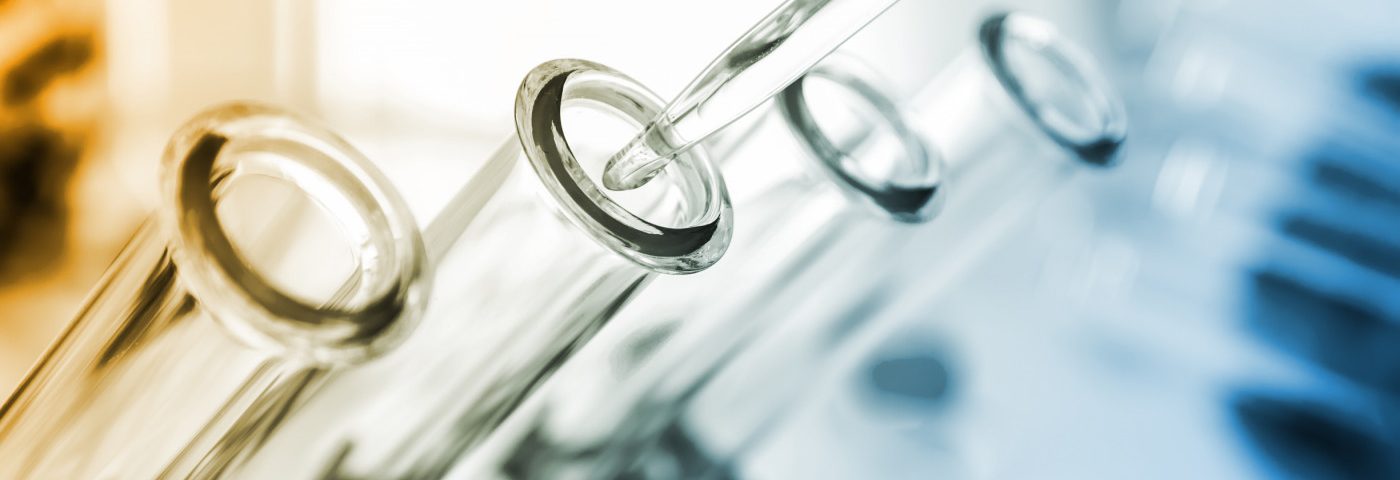An early reduction in levels of the inflammatory molecule IL-6 is significantly associated with clinical remission at two years after diagnosis in patients with systemic juvenile idiopathic arthritis, a study shows.
The study, “Early reduction of serum interleukin-6 levels as a predictor of clinical remission in systemic juvenile idiopathic arthritis,” was published in the Asian Pacific Journal of Allergy and Immunology.
Patients with systemic juvenile idiopathic arthritis (SJIA), a subtype of JIA, develop fever, lymphadenopathy (a condition where lymph nodes are abnormal in size, number, or consistency), temporary rash, arthritis, and serositis (inflammation of serous membranes such as the pleura, the membrane that surrounds the lungs).
The mechanisms that play a role in the development of SJIA mainly center around immune dysfunction and overproduction of compounds called cytokines that promote inflammation (proinflammatory cytokines).
Studies have shown that the proinflammatory cytokine interleukin (IL)-6 is present in significantly higher levels in SJIA patients with active disease than in patients with inactive disease or in those without the disease.
Additionally, levels of IL-6 have been shown to correlate with the severity of inflammation and the number of inflamed joints. Taken together, these data suggest that IL-6 plays an active role in SJIA development.
While other studies have discovered other cytokines that can be used as biomarkers for the diagnosis of SJIA, such as IL-1 and IL-18, most have not taken into account that individual differences in circadian rhythms (the internal “body clock,” or sleep/wake cycles) can affect cytokine production.
Researchers sought to evaluate changes in serum IL-6 levels over a 6-month period, and whether it could be used to predict clinical outcomes in SJIA patients.
Researchers conducted a retrospective study and reviewed the medical records of patients ages 2–19 with active SJIA between 2012-2014. The baseline characteristics of the patients, including levels of serum IL-6, were recorded at enrollment, with subsequent measurements at 2–4 weeks, 6–8 weeks, 3 months, and 6 months thereafter.
Response to treatment and clinical remission were assessed at a 2-year follow-up.
Among the 35 patients with active SJIA assessed, 16 were in remission at the end of the study. In these patients, IL-6 levels returned to the normal range within 6 months. In contrast, levels of IL-6 remained consistently high in patients who did not achieve disease remission.
At the 3-month follow-up, patients were assigned to two groups — A or B — based on whether they exhibited a decrease in levels of serum IL-6 by either more than 50% (group A) or 50% or less (group B).
By the end of the study, 72.2% of patients in group A and 17.6% of patients in group B had achieved clinical remission.
Using statistical analysis, researchers determined that a more than 50% reduction in serum IL-6 levels at the 3-month follow-up visit was a predictor of clinical remission at 2 years. In fact, SJIA patients with a greater than 50% decrease in IL-6 levels at the 3-month follow-up had an approximately 22 times greater chance of achieving clinical remission at 2 years.
Based on the results, the team concluded: “An early reduction in serum IL-6 levels is significantly associated with clinical remission at 2 years in SJIA patients. Monitoring of serial changes in serum IL-6 levels is beneficial for predicting clinical remission.”

